No Going Back
Slon’s mouth dropped open as she stared at the sample on screen. There had to have been a mistake. She repeated the experiment over and over and over again but each time she arrived at the same conclusion.
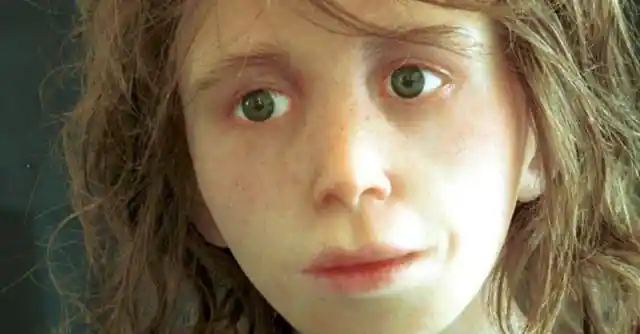
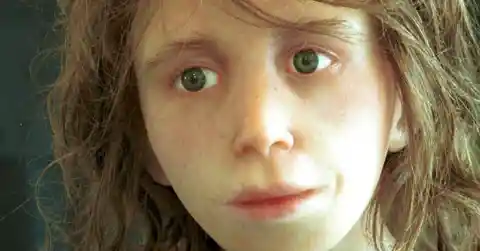
The mysterious girl showed Slon the answers she had always looked for and showed the world our own forgotten past. The unsettling discovery was truly significant.
Viviane Slon
When Viviane Slon began her career as a paleogeneticist, she never could have imagined she’d find something as extraordinary as she did on that fateful day in the laboratory in Leipzig, Germany.
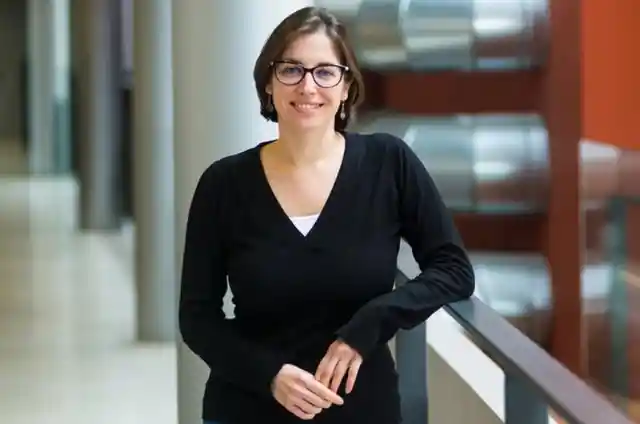
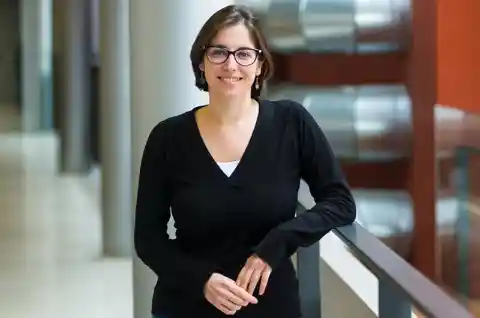
Viviane always had a keen interest in where we came from. Her curiosity into answering this question led her to become a scientist to reckon with.
More Than It Seemed
In 2012, researchers discovered a fragment of ancient bone in a cave in Siberia. The unremarkable bone was tossed in a research pile of the other animal fossils that were discovered along with it.
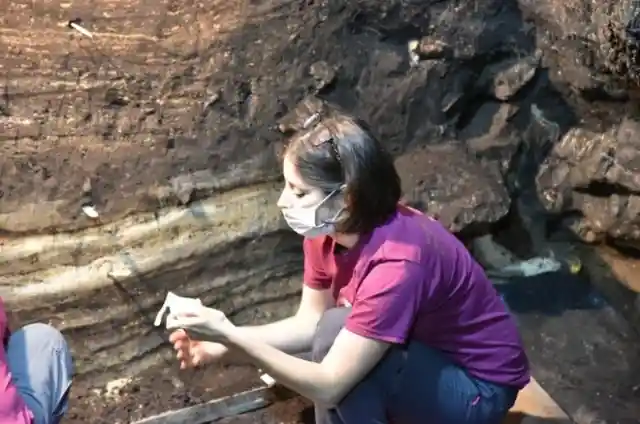
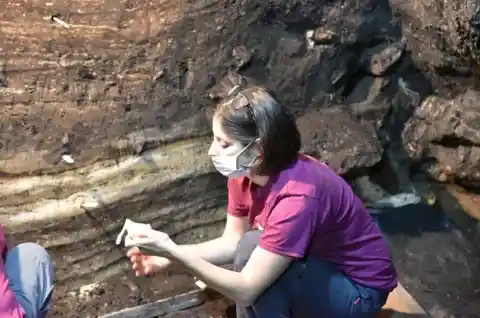
At the time, researchers thought it was just another sample of an early human species, Denisova, that was discovered at the site two years before. But that was far from the truth.
Denisova
The existence of the Denisova was discovered when scientists analyzed a tooth and finger bone found in the Altai Mountains and identified it as a completely new species of early human, or hominin - a term that means “all the species regarded as human.”
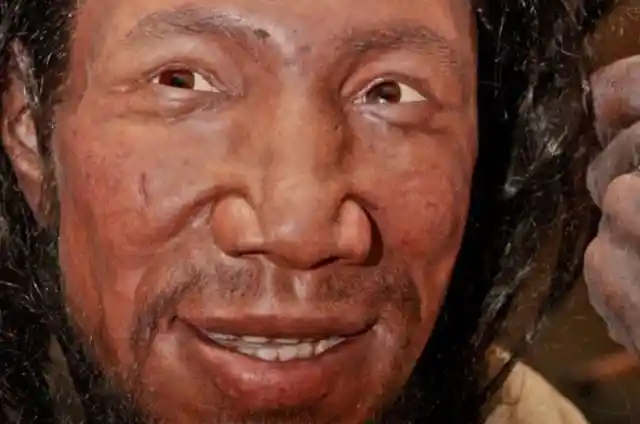
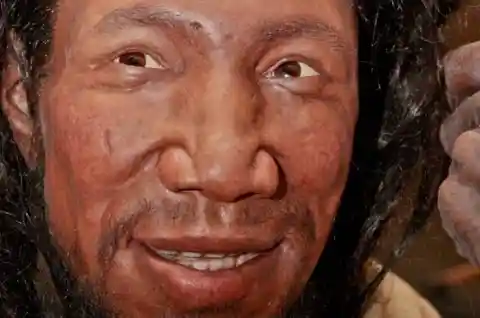
There are a number of hominins recorded to date. The earliest known human ancestors date back to more than four million years ago.
All The Unknowns
The Australopithecines are the first human ancestor recorded who could climb and walk upright on two legs. These distant relatives first emerged in Africa way before modern humans appeared on earth.
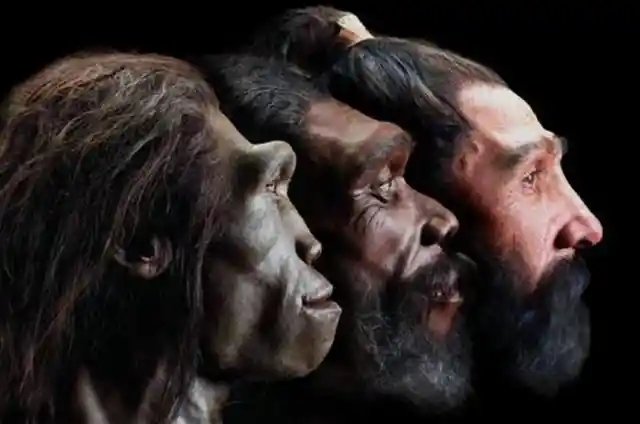
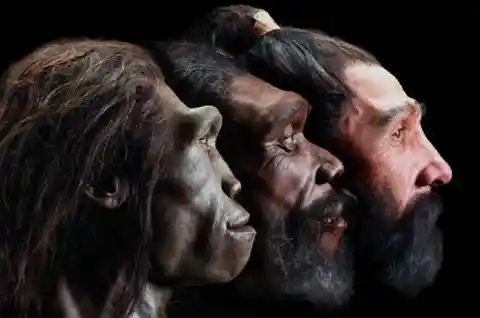
For context, Homo sapiens first emerged approximately 200,000 to 300,000 years ago. And Slon wanted to find out more about what happened during that time.
Long-Forgotten
The fragment of bone lay forgotten beside the animal fossils in Slon’s laboratory at the Max Planck Institute for Evolutionary Anthropology until she directed one of her colleagues to look closer at the old specimens to update their filing system. It was that simple request that changed the world’s entire understanding of our human history.
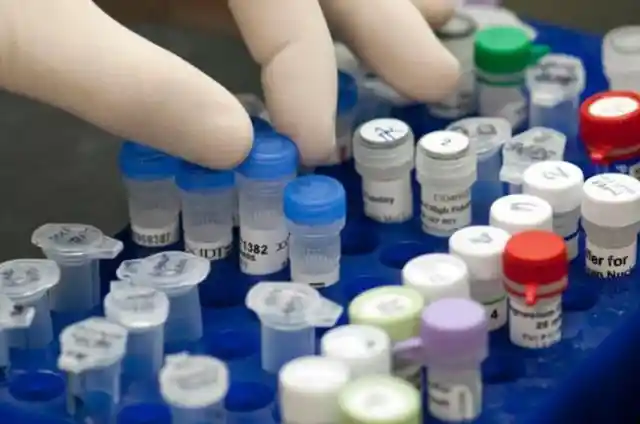
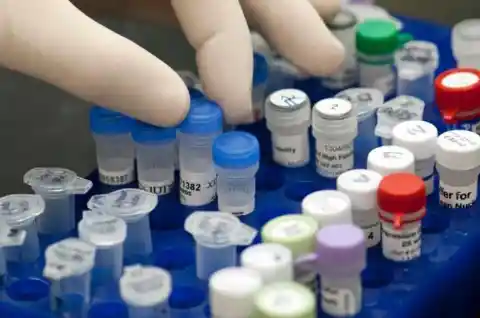
Slon’s mouth dropped open as she stared at the sample on screen. There had to have been a mistake.
Experience And Expertise
For years of working and studying the samples of DNA that came to her lab, Slon thought she had seen it all. She had studied numerous different species of early humans that were discovered before her and loved to imagine their lives and the world as she did her work.
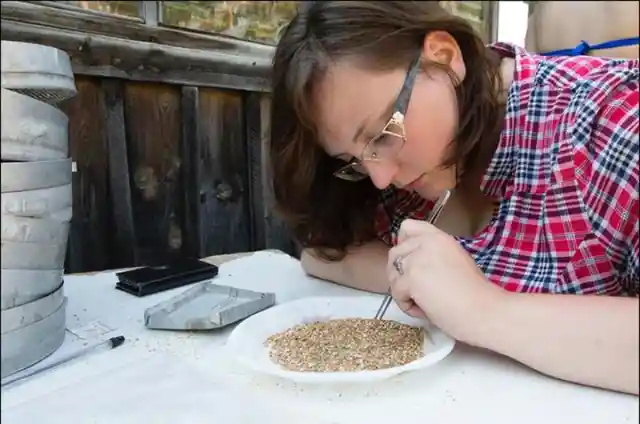
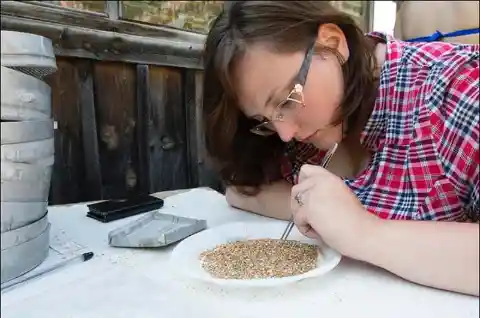
She especially loved to study the species known as Homo heidelbergensis who emerged about 700,000 years ago.
Homo Heidelbergensis
The Homo Heidelbergensis came from Africa and Eurasia and were much more like modern people in their appearance. They were particularly interesting to Slon as they laid the foundation for how their descendants would evolve.
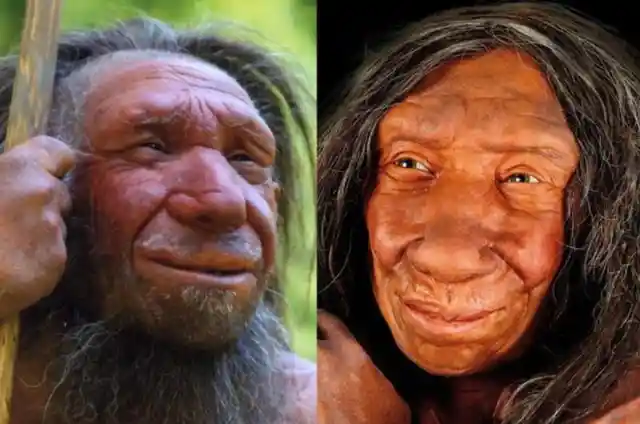
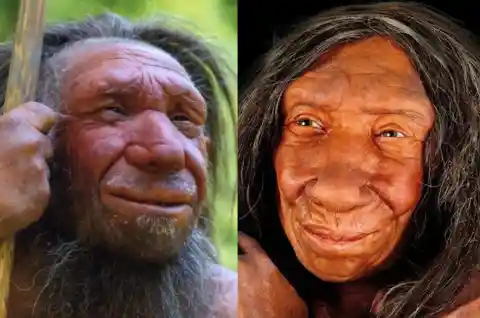
But they acted pretty differently from their predecessors, too. Just like another species, Slon was fascinated by...
Neanderthals
The Neanderthals are widely known in today’s society as they only emerged 40,000 years ago. Their DNA still remains in most people of European and Asian descent and that’s because they mated with Homo Sapiens.
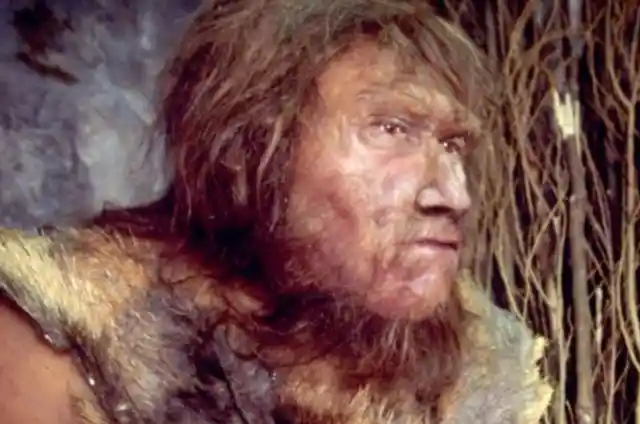
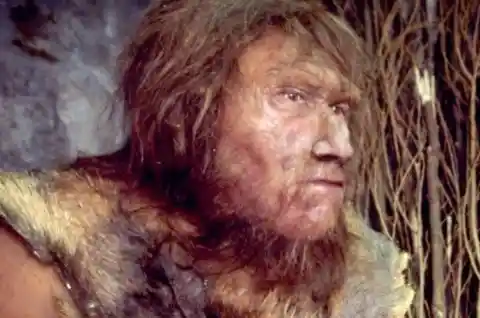
Slon was fascinated by what the world looked like at that time and how all the species interacted with each other to result in the world and people we have today. But she could have never imagined she’d find a real-life clue.
Asking For Help
Slon’s colleague studied the bone fragment as instructed and immediately asked for her help. The sequence in the DNA wasn’t like the Denisova sample she was expecting. She stared at the sample, puzzled over what went wrong. That’s when Slon came to lend her expertise and help her colleague understand what was occurring in the DNA.
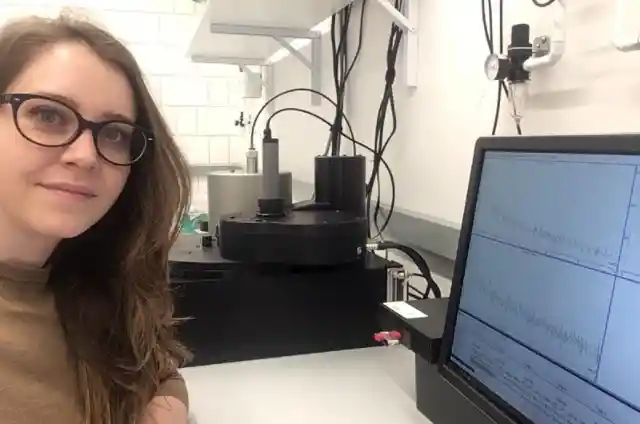
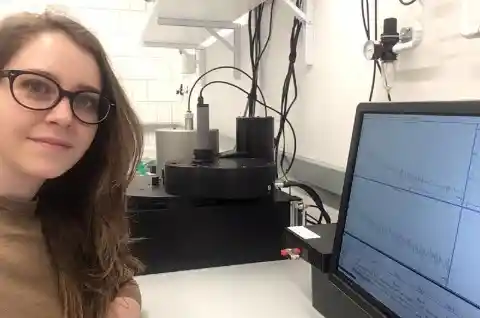
Or more aptly, to discover what secret the DNA was hiding.
Analyzing The Data
When Slon analyzed the DNA present in the bone’s mitochondria, she had no idea what was waiting for her. The bone fragment was just one inch in size but she could already tell something for certain.
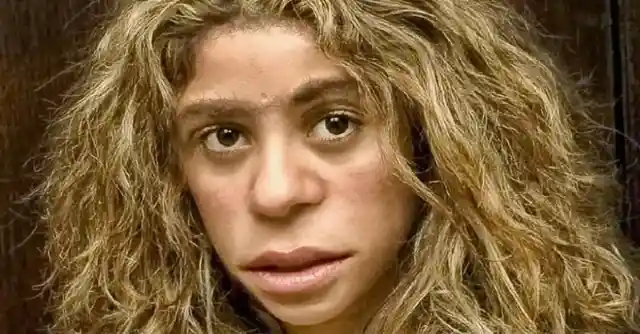
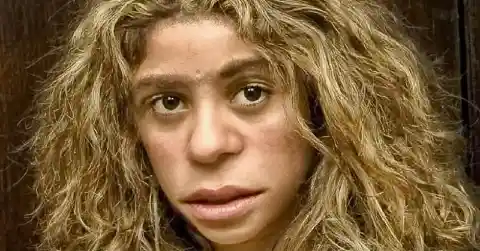
The DNA indicated that it belonged to a teenage girl who was about 15-years-old. At first, the bone looked like it belonged to Denisova but something didn’t quite add up.
Nuclear DNA
Slon grabbed more equipment and began to analyze the nuclear DNA. “This was already very exciting,” Slon told National Geographic. “It only got more exciting when we started looking at the nuclear DNA.”
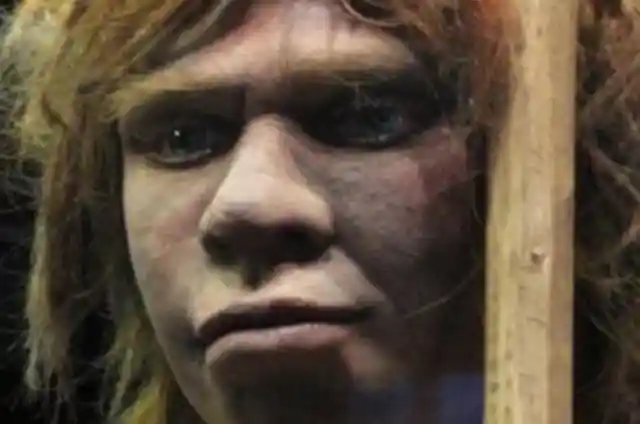
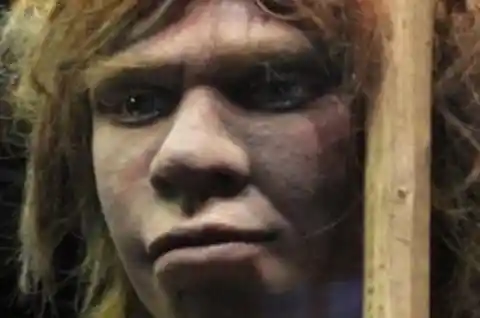
“That’s when we realized there was something a bit funky about this bone,” Slon continued.
Delving Deeper
Slon’s knowledge of genetics told her that material is passed down by both the mom and dad. It wasn’t enough to know who this bone belonged to but where she came from and who her parents were.
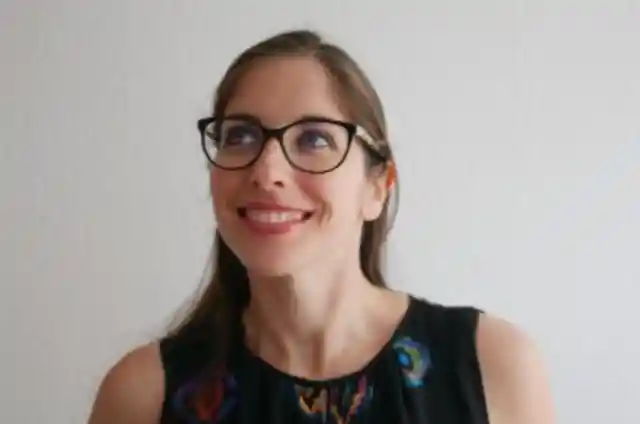
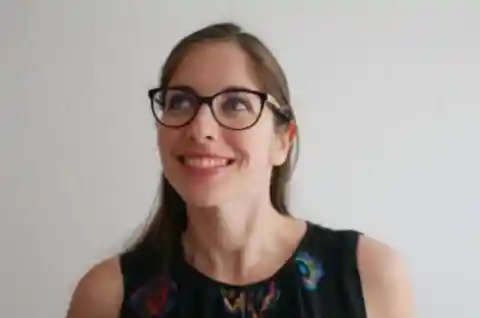
Slon excitedly got to work but nothing could have prepared her for the shock of making a monumental scientific discovery.
Amazement
When she studied the results at first, she thought she had made a mistake. She redid the analysis again and again before coming to the realization that she had stumbled upon something extraordinary.
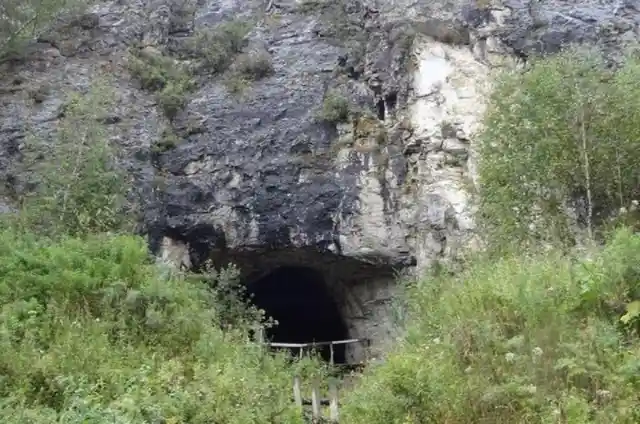
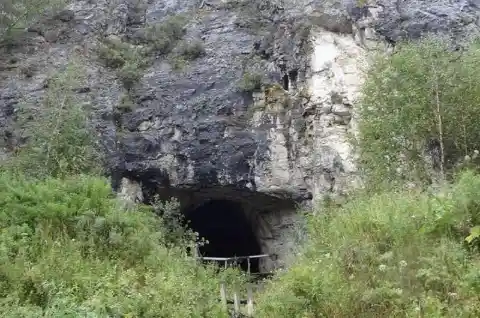
While studying the bone fragment, she realized that the ancient girl’s genetic makeup was incredibly diverse.
High Heterozygosity
Her heterozygosity was incredibly high. For relatives, heterozygosity would present in DNA as relatively meager. For unrelated but same species, it would present higher but still relatively small. But in this ancient girl, the presence of heterozygosity at an alarmingly high rate could only mean one thing.
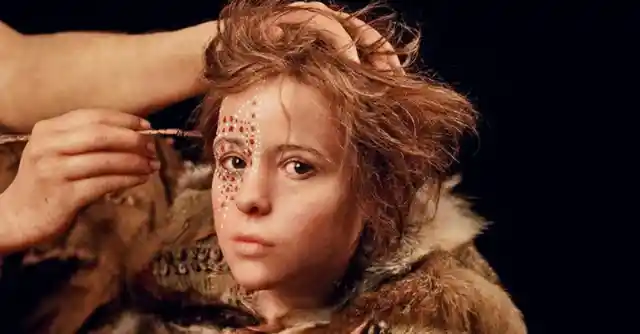
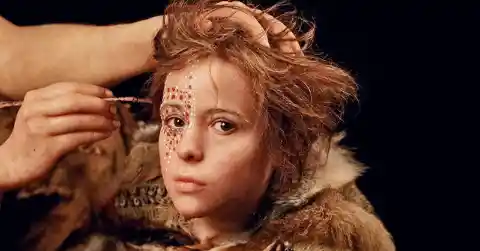
Slon’s eyes grew wide as she looked at the test analysis for the final time. She had discovered one of the holy grails in human evolution.
Belonging To Two Species
Slon discovered that this bone fragment belonged to a first-generation child of interbreeding between two different species. Who were her parents?
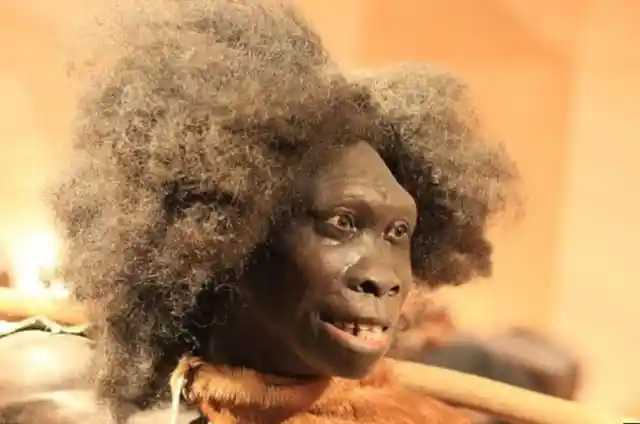
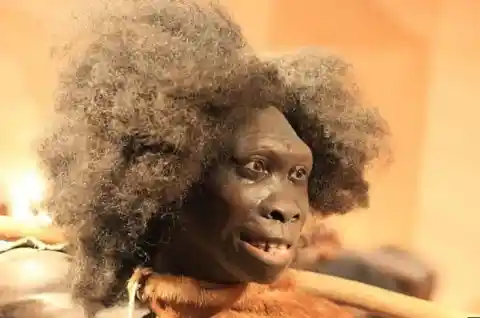
The analysis showed that this girl was the love child of a dad who was a Denisovan and a mom who was a Neanderthal. But how was it even possible?
Incredible Luck
“We knew from previous studies that Neanderthals and Denisovans must have occasionally had children together,” Slon told London newspaper the Evening Standard. “But I never thought we would be so lucky as to find an actual offspring of the two groups.”
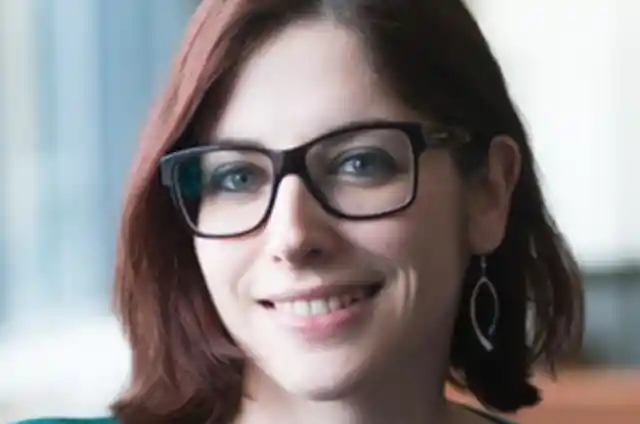
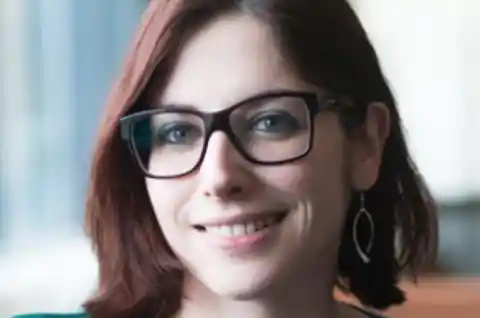
Geneticist David Reich who worked at Harvard University agreed...
First Generation Hybrid
“It’s amazing to be able to find something like this,” Reich said to National Geographic. “It seemed unlikely that we would be able to catch it happening in the act – an individual that’s really the product of a first-generation hybrid.”
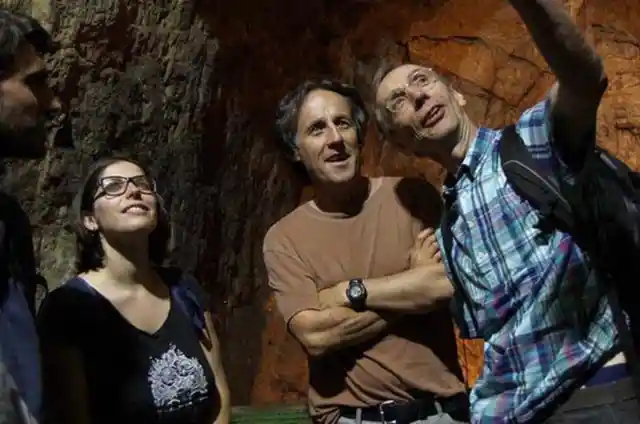
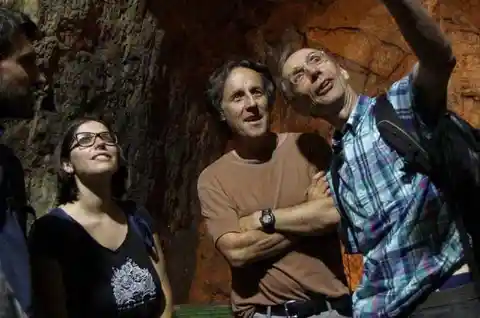
However, how is interbreeding possible without resulting in deformities in the offspring?
Consequences
Although a mule which is bred by a donkey and a horse can be born relatively healthy, it will always be infertile, preventing it from producing young of its own.
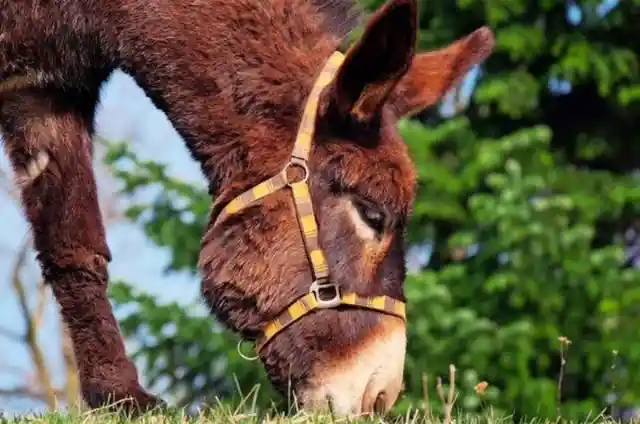
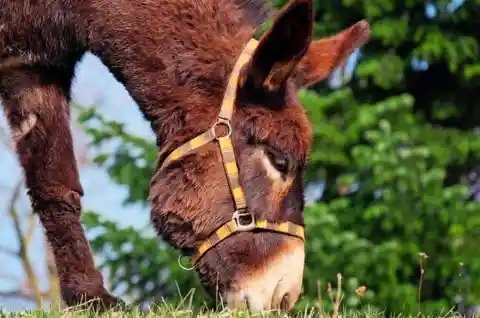
But there are other species that defy the deformities science of interbreeding and one such case is seen in big cats. Have you ever heard of a liger?
Red Versus Blue
Scientists took a peek into the DNA of 144 Guenon monkeys. The idea was to find out why the two groups had such distinct features.
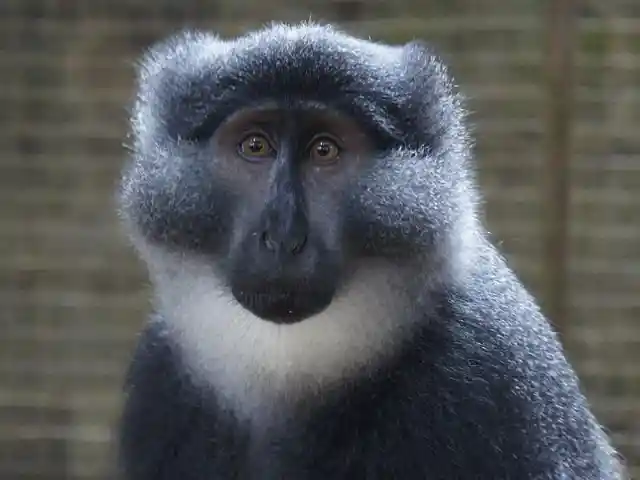
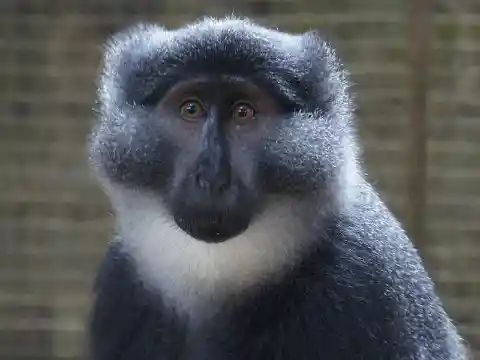
They found that the unique evolution was not because of separate breeding within the two distinct species of ape. In fact, the “red” monkeys and “blue” ones were naturally creating hybrid babies - and not in the confines of a zoo.
Habitat Factors
Looking further into this interesting group, researchers found that the original inhabitants were the red monkeys.
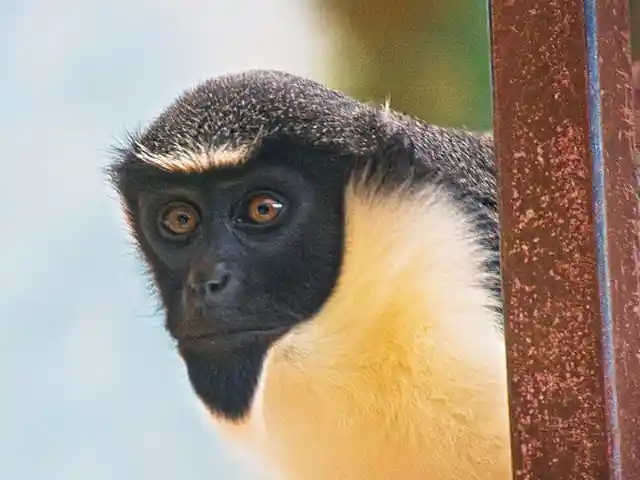
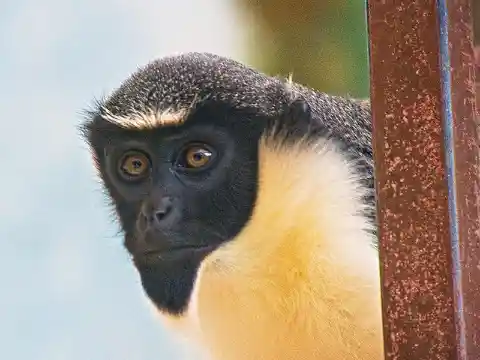
The area was later invaded by the blue ones. Both sides didn’t seem to mind the stark differences in appearance. This brings the first key that’s vital to understanding where we came from - habitat changes that force migration.
Grolar Bear
The cross between a grizzly bear and a polar bear is also called a prizzly. Cute right?
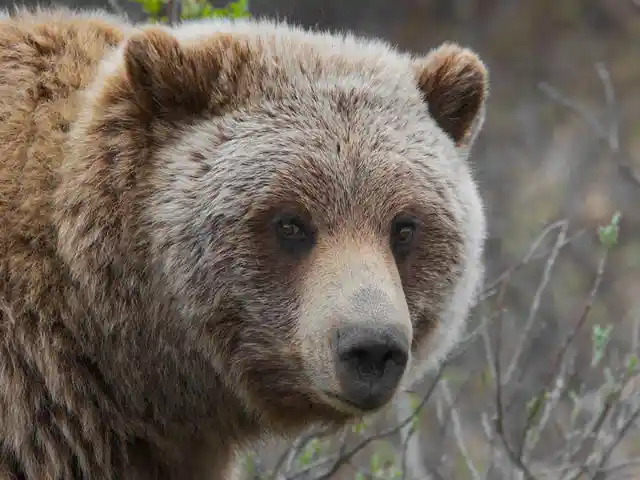
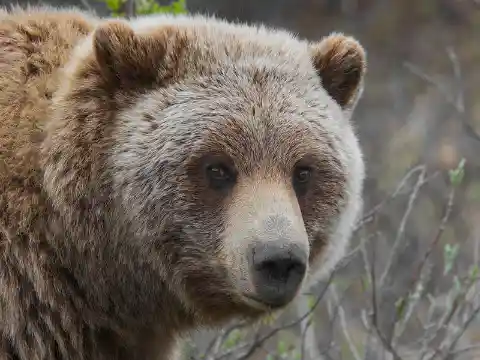
The hybrids were first found in the wild, then the zoos decided to try and breed the new pairing in captivity. The reason, however, is quite sad - to the point where they shouldn’t have existed at all.
No Choice
The new species bred out of desperation.
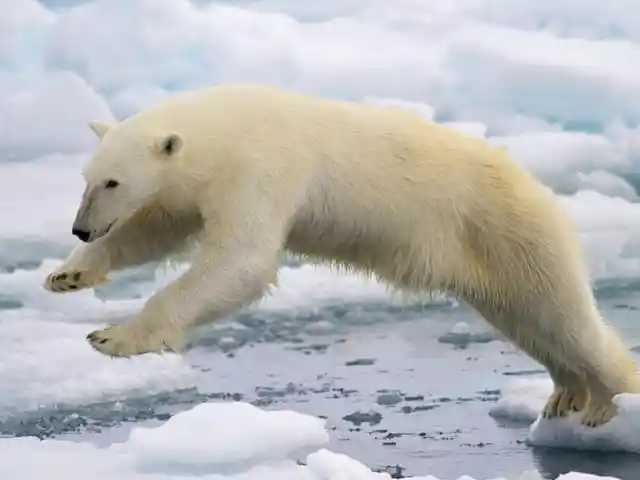
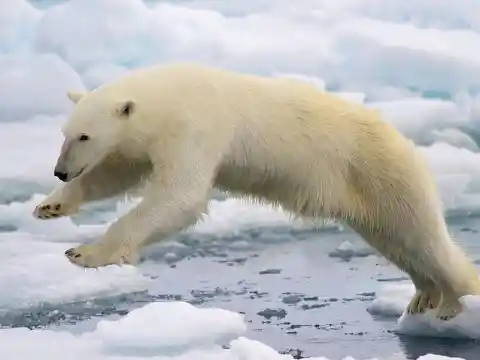
Due to the melting ice shelves, the polar bears were forced to migrate anywhere with solid land. Also, both sides had their habitats destroyed to the point where they couldn’t find food. So, the second factor is climate change.
Coywolves
This crossbreed comes from a male wolf and female coyotes.
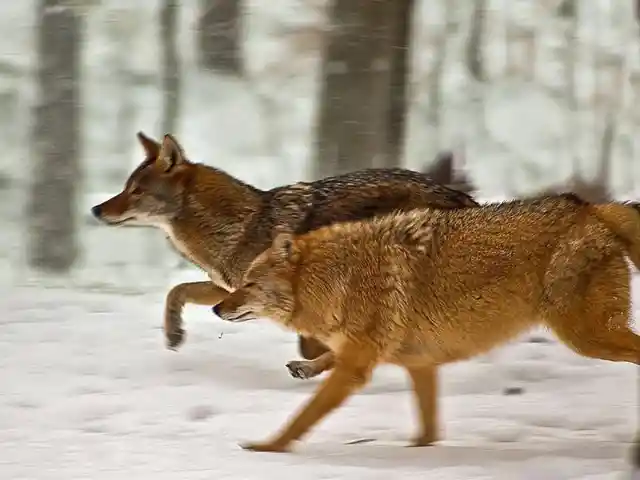
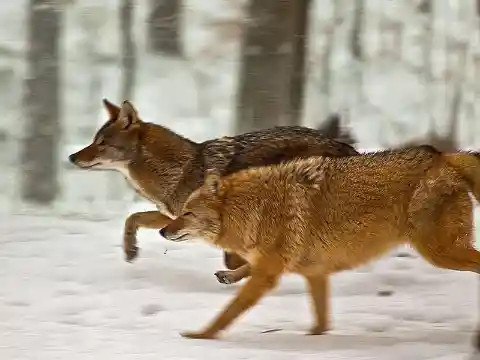
The interesting thing is that the offspring remains fertile - so it’s not like a mule. They babies grow up to look larger than their mothers but with features less like the father. They’re also adept at survival. But this comes with a prince...
Habitat Changes
Because both side’s roaming grounds have got smaller, they’ve started to invade each other’s territory.
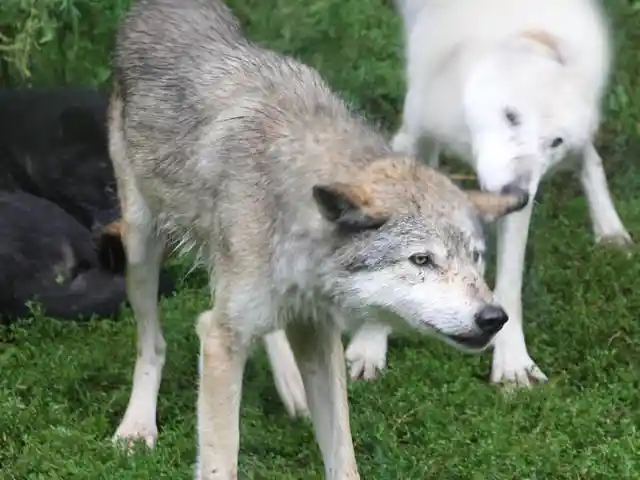
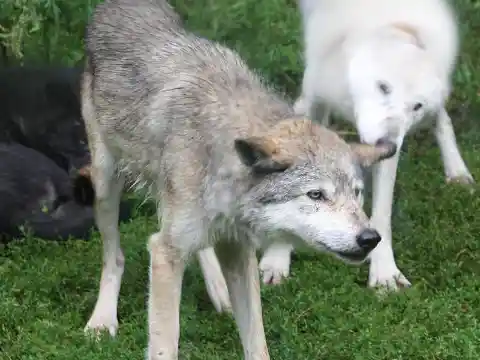
They breed so much that scientists had to go out and sterilize some of the females because they were worried the pure strain of wolf DNA would be irreversibly diluted.
Wholphins
Wholphins come from a female dolphin (tursiops truncatus) and a male false killer whales (pseudorca crassidens).
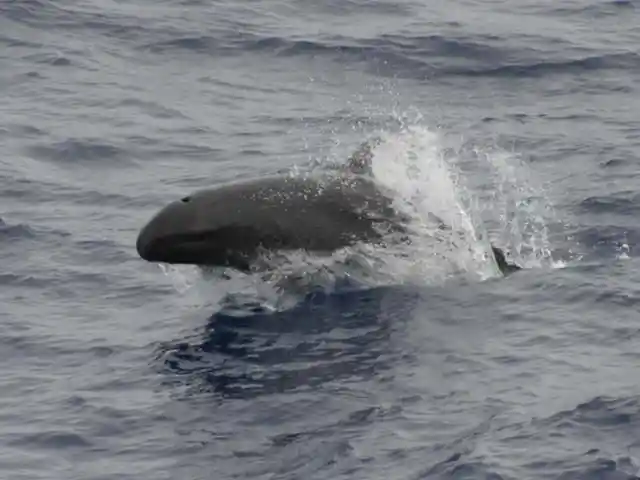
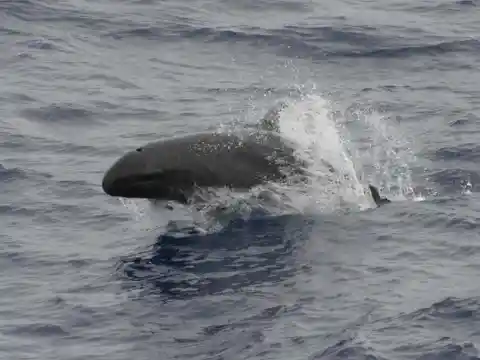
These hybrids, however, are incredibly rare - more so than the other examples on this list. The first recorded one was in Tokyo SeaWorld in 1981. But he died after 200 days.
Why So Rare?
It was first believed that the pairing would end up with infertile offspring.
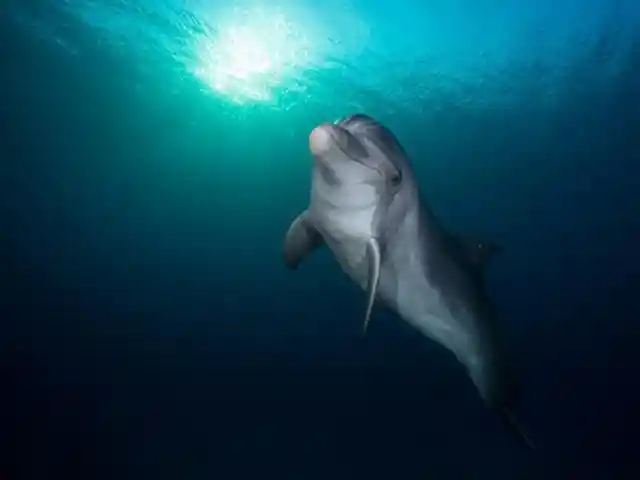
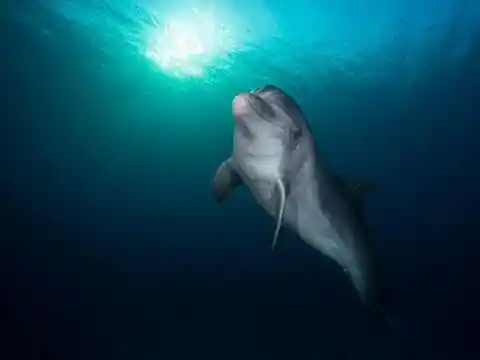
Years later they found out it wasn’t the case. The mother and babies had a really hard time. Either the calves wouldn’t live very long or the mother wouldn’t feed them. Some specialists think it’s because the female gave birth too early in life. The last example is unbelievable.
Hybrid Iguana
These amazing hybrids actually are a combination of female land iguana and male marine iguanas!
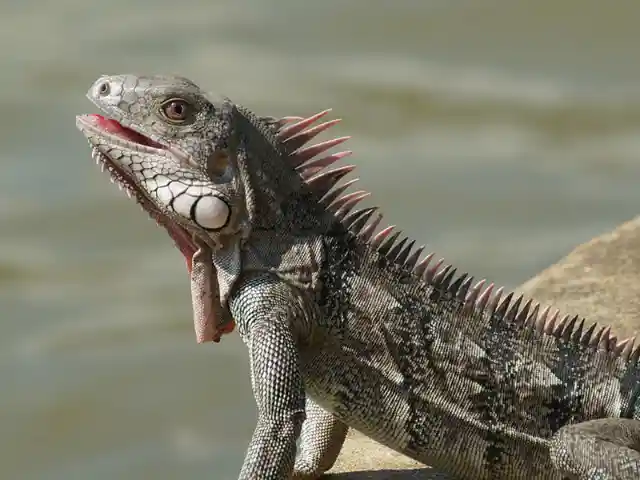
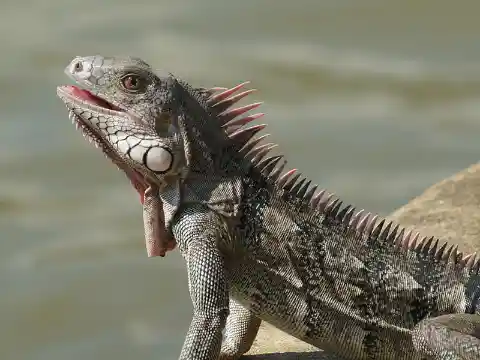
That’s right, water and land have finally come together. The babies have distinct features from both parents but the reason why they managed to join comes from a delicate balance of conditions...
Best Of Both Worlds
In this case, Mother Nature gave the green light to these boys and girls because it was a better way to survive the harsh conditions surrounding the Galapagos islands.
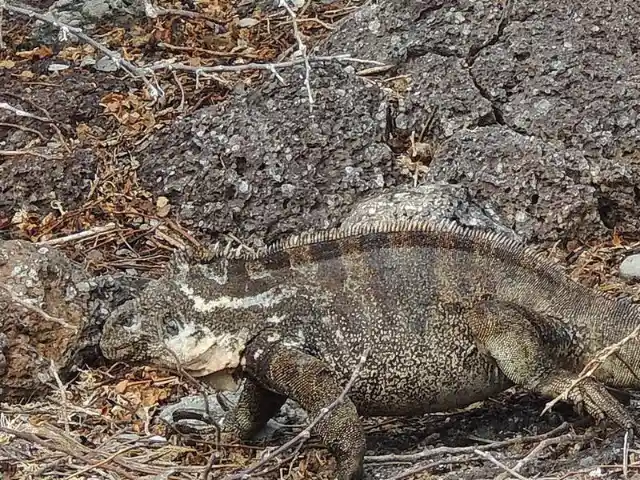
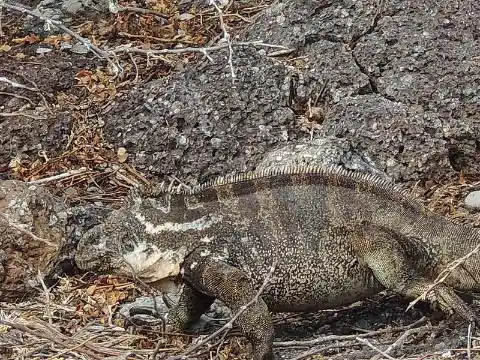
The marine iguanas couldn’t find enough seaweed (their staple food), but even though there was plenty of food on land, it was too hard for them to traverse the rocky shores. So, they made children that had the best of both worlds. This all brings us back to our story of the two humanoids.
Astounding Discovery
Between harsh conditions, climate alterations, and habitat changes, we see that nature can usually find a way to adapt - or to quote the famous Jurassic Park, “Life finds a way.”
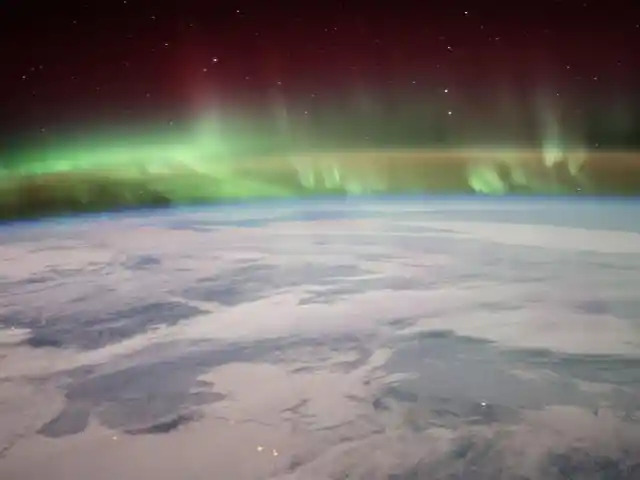
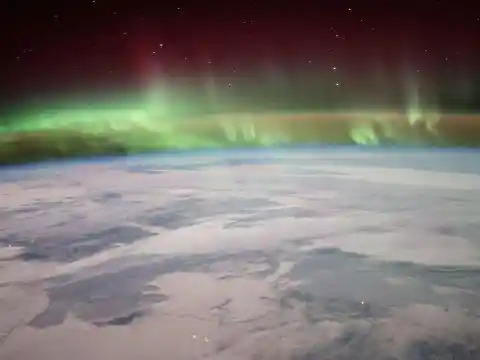
One can only imagine what happened long ago to bring Denisovan and Neanderthal together. As for Slon, it was a groundbreaking breadcrumb of human history and discovery she will never forget.